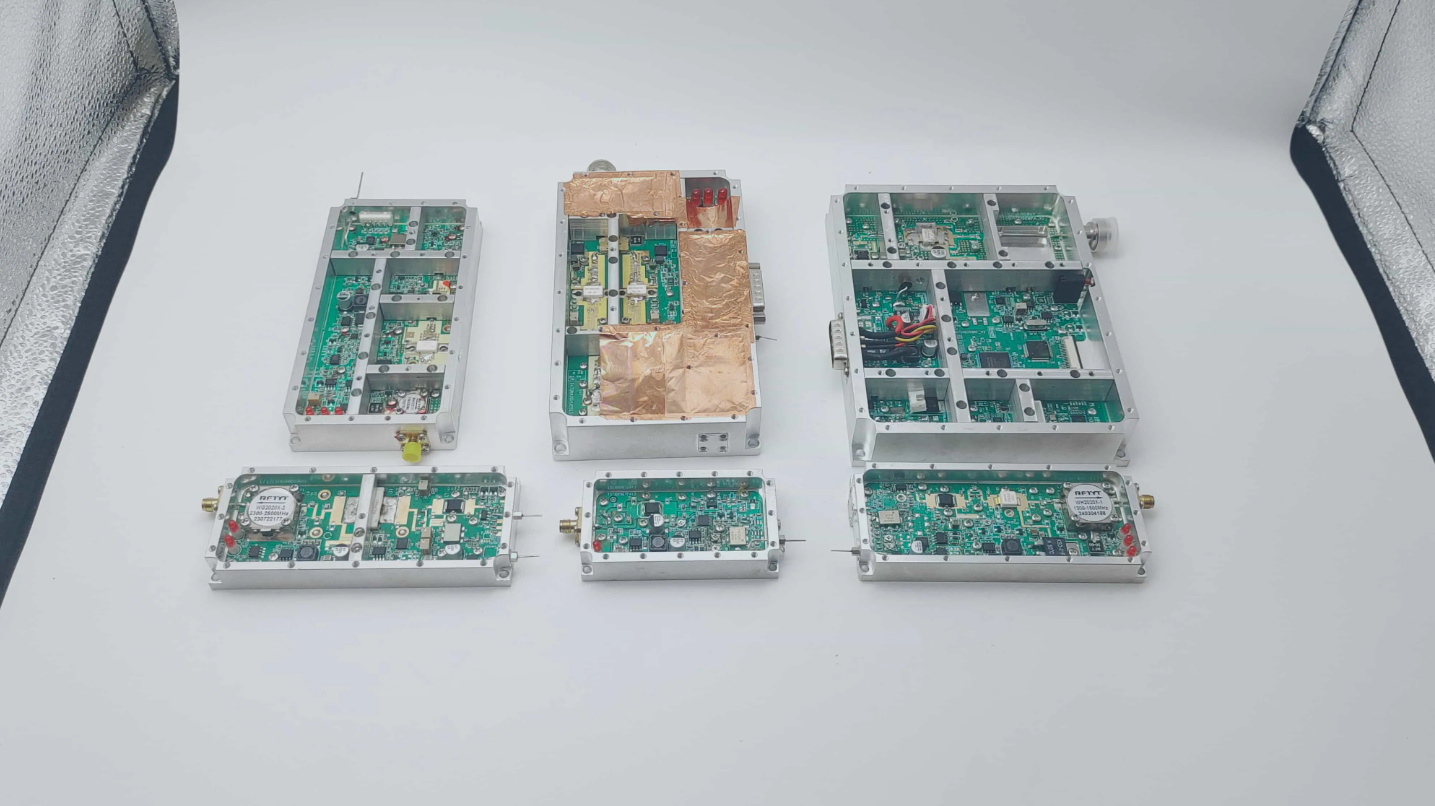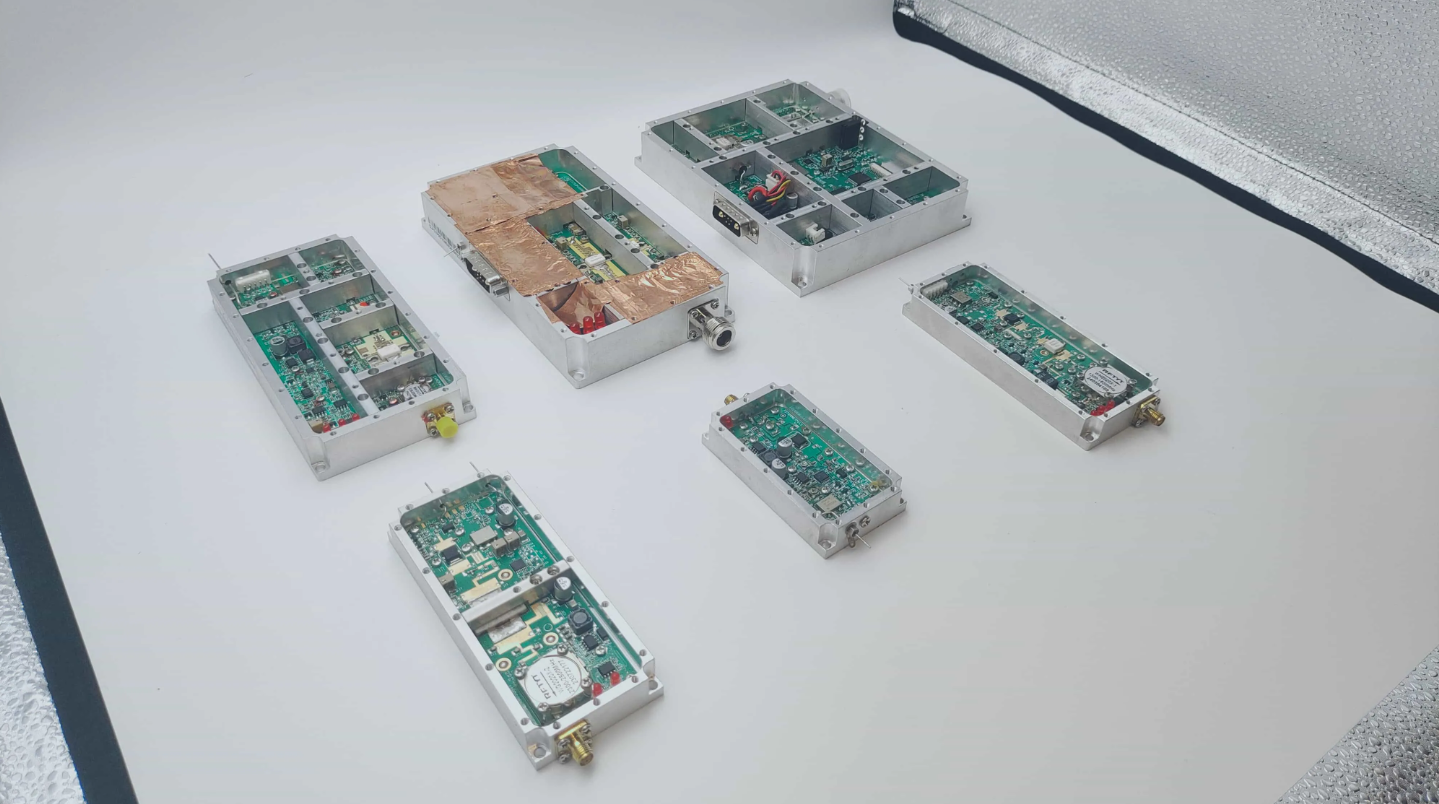What are the latest advancements in RF wireless module technology?
RF wireless modules—devices that send and receive radio frequency signals—are evolving rapidly, driven by demand for faster, more reliable, and energy-efficient wireless connections. From smart homes to industrial sensors, these modules power countless devices, and recent advancements are making them more versatile than ever. Let’s explore the latest breakthroughs shaping RF wireless module technology.
1. Higher Data Rates with Improved Spectral Efficiency
One of the biggest trends is faster data transmission without using more radio frequency bandwidth—a key for crowded networks.
- Advanced modulation techniques: New RF wireless modules use technologies like 256-QAM (Quadrature Amplitude Modulation) and beyond, which pack more data into each signal. For example, a module using 1024-QAM can transmit 10 bits of data per signal, double the rate of older 256-QAM modules. This means faster file transfers in devices like security cameras or industrial sensors.
- Multi-carrier systems: Modules now use OFDM (Orthogonal Frequency-Division Multiplexing) to split data across multiple smaller frequencies. This reduces interference and lets the module send more data at once. It’s similar to using multiple lanes on a highway to move more cars—OFDM makes RF wireless modules more efficient at using available bandwidth.
These advancements let RF wireless modules handle high-definition video, large sensor datasets, and real-time controls without lag.
2. Longer Battery Life for IoT Devices
Many RF wireless modules power IoT (Internet of Things) devices—like smart thermostats or soil sensors—that run on batteries. Recent innovations extend their operational life significantly.
- Low-power modes: Modern RF wireless modules have ultra-low-power idle modes, using as little as 1 microamp when not transmitting. They “wake up” only to send data, then return to sleep. A soil sensor with this technology can run on a single battery for 5–10 years, up from 1–2 years with older modules.
- Energy harvesting: Some modules now include energy harvesters that convert light, heat, or vibration into small amounts of power. For example, a RF wireless module in a streetlight sensor can use solar energy during the day to recharge its battery, reducing the need for replacements.
- Efficient data protocols: New protocols like LoRaWAN or NB-IoT (Narrowband IoT) are designed for low data rates but long range, using less energy than traditional Wi-Fi or Bluetooth. RF wireless modules using these protocols use 50–70% less power, making them ideal for remote devices.
Longer battery life means less maintenance and more reliable IoT networks.
3. Enhanced Range and Signal Penetration
RF wireless modules now reach farther and work better in tough environments (like inside concrete buildings or dense cities).
- Higher transmit power: Modules with adjustable transmit power can boost their signal strength when needed, extending range by up to 30% compared to fixed-power modules. A farm sensor using this can send data from 2 miles away instead of 1.5, covering more land with fewer modules.
- Beamforming: Advanced modules use beamforming to focus their signal directly at the receiver, like a flashlight narrowing its beam. This reduces interference and lets the signal travel farther. It’s especially useful in cities, where buildings block traditional RF signals—beamforming helps RF wireless modules maintain connections even through obstacles.
- Mesh networking: Modules can now form mesh networks, where each device passes data to the next. If one module is out of range of the main hub, another nearby module forwards its data. This extends the network’s total range—an RF wireless mesh network in a factory can cover 10x more area than a single module.
These features make RF wireless modules reliable in large spaces, remote areas, or environments with lots of obstacles.

4. Better Security to Prevent Hacking
As more devices use RF wireless modules, security is critical. New technologies protect data from interception or tampering.
- End-to-end encryption: Modules now encrypt data before transmission, using advanced algorithms like AES-256. Even if someone intercepts the signal, they can’t read the data without the encryption key. This is essential for medical devices or smart locks, where privacy is key.
- Secure boot: Modules check for tampering when they start up, ensuring no malicious software has been installed. If a problem is found, the module shuts down, preventing hacks. This keeps industrial control systems—like those in factories—safe from cyberattacks.
- Frequency hopping: Some RF wireless modules switch frequencies rapidly (hundreds of times per second) during transmission. Hackers can’t track the signal, making interception nearly impossible. It’s like changing channels on a radio very quickly—only the intended receiver knows which channel to follow.
These security features make RF wireless modules safe for sensitive applications, from home security to critical infrastructure.
5. Smaller, More Integrated Designs
RF wireless modules are getting smaller, with more built-in features, making them easier to fit into tiny devices.
- System-on-Chip (SoC) designs: Modules now combine the radio, processor, and memory into a single tiny chip. A modern RF wireless module can be as small as a fingernail, compared to the credit-card size of older modules. This lets them fit into devices like smartwatches or hearing aids.
- Built-in sensors: Some modules include basic sensors (temperature, motion) directly on the chip. A smart doorbell, for example, can use its RF wireless module to both send video and detect motion, reducing the need for extra components.
Smaller, integrated RF wireless modules make devices sleeker, cheaper, and more reliable—no loose parts to fail.
FAQ
What is the maximum range of a modern RF wireless module?
It depends on the frequency and power. Low-power modules (like those using LoRa) can reach 5–10 miles in open areas. High-power modules (for industrial use) can go 20+ miles, while short-range modules (Bluetooth) work up to 300 feet.
Can RF wireless modules work in crowded cities with lots of signals?
Yes. New modules use beamforming and frequency hopping to avoid interference. They can “filter out” other signals, ensuring reliable connections even in busy areas.
Are these advanced RF wireless modules expensive?
No—costs have dropped as technology improves. A basic low-power module costs $5–$10, while high-performance ones (for video or industrial use) are $20–$50. Mass production for IoT devices keeps prices low.
Do they work with older devices?
Most new RF wireless modules are backward-compatible, meaning they can communicate with older devices. This makes it easy to upgrade a network without replacing all devices at once.
What’s the most common use for these advanced modules?
IoT devices are the biggest users—smart home gadgets, agricultural sensors, and industrial monitors. They also power medical devices (like remote heart monitors) and smart city tools (traffic sensors, waste management systems).

 EN
EN






